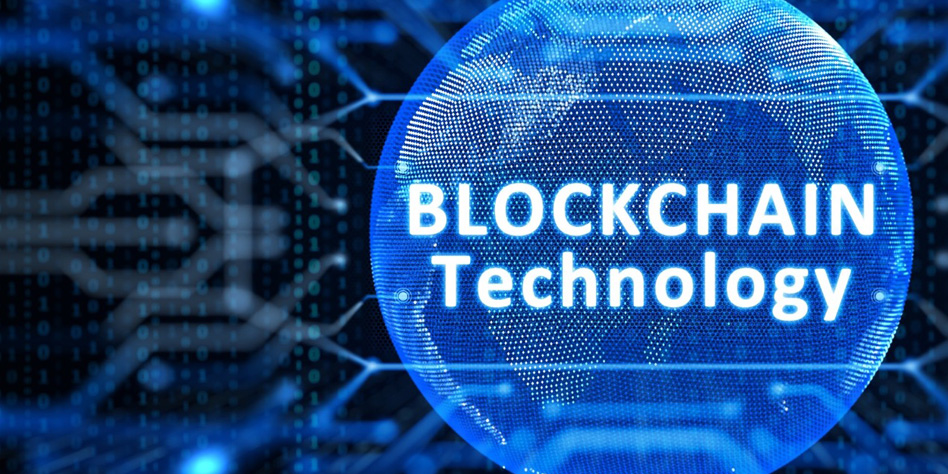
Non-fungible tokens (NFTs) are a type of digital asset that represent ownership or proof of authenticity of a unique item or piece of content using blockchain technology. NFTs are distinct and cannot be exchanged on a like-for-like basis. Each NFT has a unique identification code and metadata that sets it apart from other tokens, making it one-of-a-kind. NFTs can represent digital or physical assets, including artwork, collectibles, real estate, music, and videos. They have gained popularity because they provide verifiable ownership and scarcity in the digital realm, allowing creators and collectors to monetize and trade digital assets in new and innovative ways.
The Ethereum blockchain is the popular choice for NFT developers. The advantages NFTs offer has spurred other blockchains to create protocols that allow the issuance of non-fungible tokens on their network. Casey Rodarmor introduced Bitcoin Ordinals in January 2023. The protocol enables the recording of digital content directly onto the Bitcoin blockchain. Rodarmor's goal was to establish an unchangeable and permanent record of a piece of art, text, or video on the blockchain. Some Monero enthusiasts also jumped into the fray and designed Monero Ordinals or “Mordinals.” Mordinals are a new way to attach special data to transactions on the Monero blockchain. They are inspired by the Bitcoin Ordinals platform, which allows data to be linked to individual units of Bitcoin or satoshis to create NFT-like tokens.
How do Mordinals work?
The Mordinals Handbook provides an overview of how the Mordinals protocol works.
When someone wants to create a Mordinal, they start by selecting an image, text, or video they want to preserve. This content is then divided into small sections called pixels. Each pixel is assigned specific properties, such as its position, color, and metadata. To store the Mordinals on the Monero blockchain, they are encoded as a series of transactions. These transactions include special data that represents the pixels, their positions, and other relevant information. Once the transactions are confirmed and added to the Monero blockchain, the Mordinals become permanent and publicly accessible records. The Mordinals protocol ensures the original content remains unaltered by linking the Mordinals to a cryptographic hash of the content. This hash serves as a unique identifier and allows anyone to verify the authenticity and integrity of the Mordinals.
Why are there concerns from the Monero community?
The introduction of Mordinals on the Monero blockchain has raised concerns about potential impacts on privacy. Monero is known for its strong emphasis on privacy, using ring signatures to obscure genuine transactions among decoys. The integration of Mordinals, however, introduces the possibility of well-funded attackers flooding Monero's blocks with these tokens, potentially making it easier to distinguish genuine transactions from the decoy NFTs. This poses a risk to the anonymity that Monero users value and could compromise the effectiveness of the privacy features provided by the blockchain.
Mordinals also poses a threat to decentralization within the blockchain ecosystem. The increase in block size resulting from the inclusion of Mordinals could lead to higher storage requirements for nodes participating in the network. This, in turn, may create challenges for smaller nodes, potentially disincentivizing their continued operation. The concern is that as the blockchain grows due to the inclusion of Mordinals, it could create a barrier for smaller nodes to keep up with the storage demands, potentially leading to a more centralized network where only larger nodes with greater resources can participate effectively. This raises questions about the long-term sustainability and resilience of the decentralized nature of the blockchain.
Monero Ordinals have the potential to introduce new functionalities and features to Monero wallets. XMR wallets may need to incorporate support for Mordinals, allowing users to interact with and manage these special transaction outputs effectively. This could involve updates to wallet software, user interfaces, and transaction management systems to accommodate Mordinals as a distinct type of transaction output. As Mordinals enable the tethering of data to Monero transactions, wallets could potentially provide enhanced features for managing and displaying associated metadata, such as unique identifiers, graphical content, or additional information about the assets represented by Mordinals.
The privacy implications of Mordinals may also impact Monero wallets. As the debate surrounding Mordinals revolves around potential risks to Monero's cherished anonymity, wallet developers may need to carefully consider the balance between privacy and functionality when implementing Mordinals-related features. Striking the right balance would be crucial to maintain Monero's strong privacy features while enabling users to benefit from the unique capabilities offered by Mordinals.
A recent BTC Peers article raises thought-provoking points for the Monero community as it states, “The Mordinals debate within the Monero community exemplifies the complex decisions that crypto communities face in the evolving landscape of blockchain technology. How we navigate this integration of NFTs into privacy-focused blockchains will shape the future of these networks. It's a telling moment in the world of decentralized technology, pushing us to redefine what we value most.” The significance of the ongoing discussion is critical and highlights the need for careful consideration and the potential impact on privacy, decentralization, and utility within the realm of blockchain technology.
